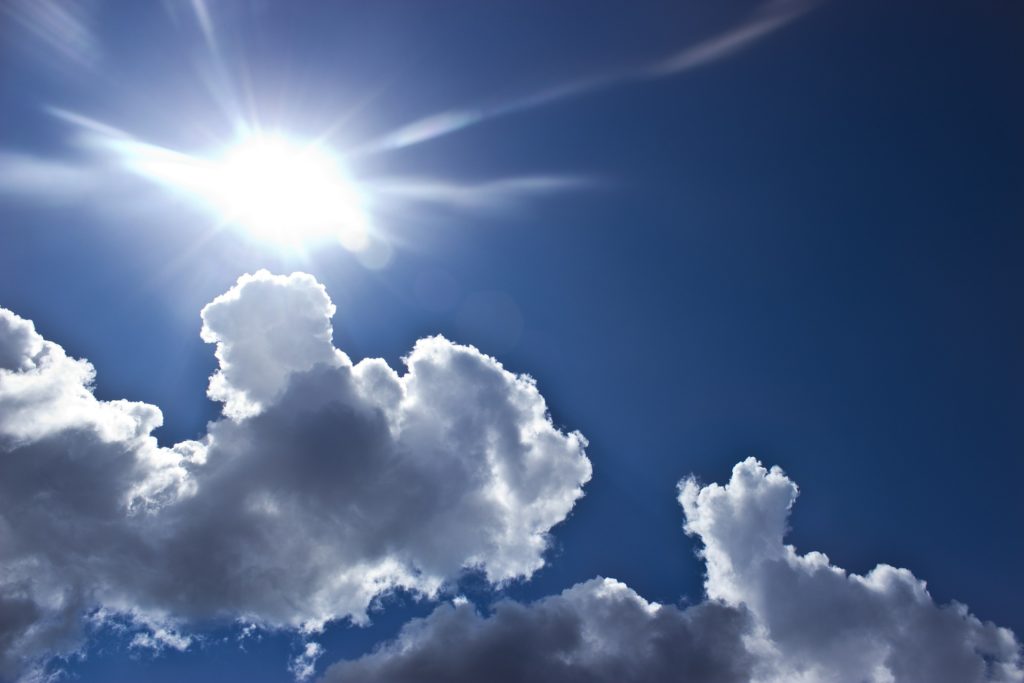Climate change will worsen ozone pollution, study finds
Soaring temperatures due to climate change will worsen air quality by increasing the number of days blighted by high ozone levels, a new study has found.
The study, led by researchers at the University of Delaware’s College of Earth, Ocean and Environment (COEE) and published in The Journal of Applied Meteorology and Climatology, looked at how climate change will affect ozone pollution in the United States’ Mid-Atlantic region.
It found that rising temperatures will increase the number of ‘high-ozone days’ where ozone levels at near-ground level become dangerous.
Ozone levels reached record highs in the UK last year, with researchers attributing the rise to last year’s unusually prolonged and hot summer.
Cristina Archer, a professor at COEE and leader of the study, said: ‘Ozone has large negative impacts on health, especially affecting the cardiopulmonary and respiratory systems. It is especially bad if you already have a respiratory condition, asthma, for example, or an infection.
‘In Delaware, we are barely in attainment or slightly in non-attainment (of ozone regulations). That is why we need to know now there is a problem, so we can act on it.’

A sunny day. Ozone is created at ground level when nitrogen oxide (NOx) emissions and volatile organic compounds (VOCs) react in sunlight.
The team from COEE looked at around 50 years’ worth of air monitoring and climate modelling data from Delaware’s Department of Natural Resources and Environmental Control (DNREC) to explore climate trends.
They found that stricter air quality regulations drastically reduced ozone pollution in the state of Delaware, reducing the average number of ‘high-ozone’ days each year from around 75 in the 1980s to less than 20 by 2015.
However, the researchers warned that high temperatures linked to climate change threatened to reverse this decrease by increasing the number of days where surface ozone became dangerous.
Ozone — which occurs naturally in the atmosphere but is created at ground level when air pollutants react in sunlight — is known to reach its highest concentrations on hot summer days when temperatures are highest.
According to the Intergovernmental Panel for Climate Change, global temperatures have increased by 1°C already compared to pre-industrial levels, and are currently set to increase by another 1°C by the end of the 21st century.
The study found that increasing global temperatures will not only mean hotter summers, leading to more days with high ozone concentrations, but could also increase the number of high-ozone days in seasons like winter or spring by making them warmer on average.
It also found that high-ozone days may themselves become more intense due to increased ozone concentrations.
Archer warned that a ‘business-as-usual’ approach will only lead to worse ozone pollution, and said that stricter regulations are needed to limit the number of high-ozone days.
The study echoes the findings of other recent studies which suggest that ozone pollution could get significantly worse due to climate change but can be averted through emissions-reducing measures.
A recent study found that China could prevent 330,000 premature deaths by 2050 if it takes urgent measures to cut its levels of ozone pollution.
Photo Credit – Pixabay
















